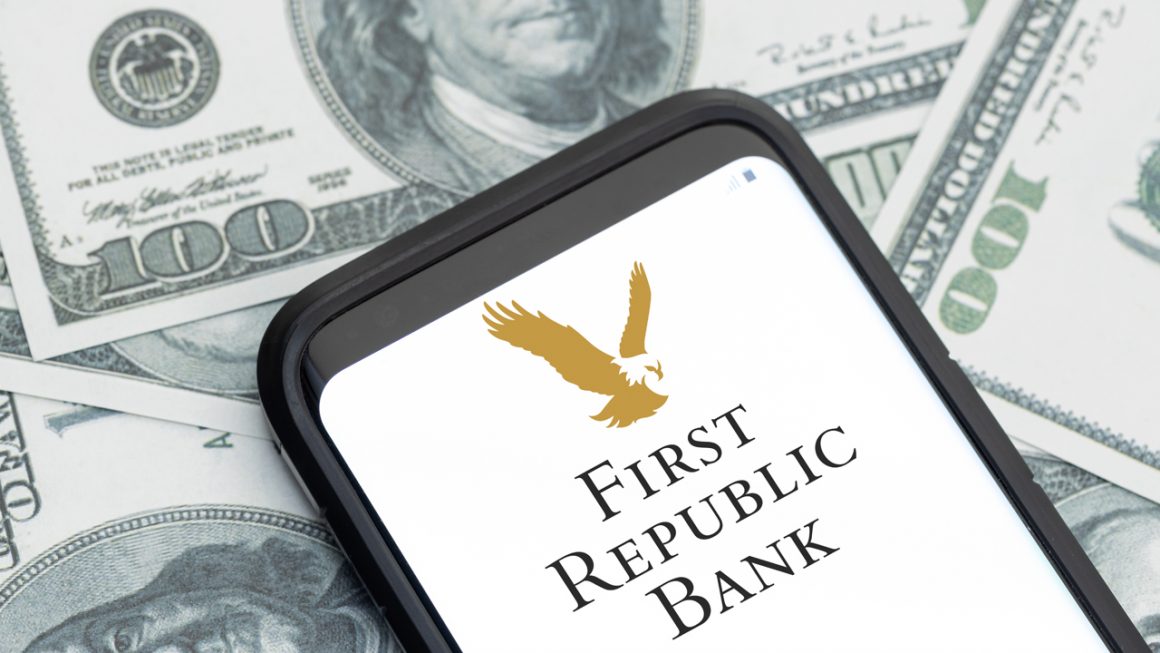After the collapse of Silvergate Bank, Silicon Valley Bank (SVB), and Signature Bank (SNBY), First Republic Bank, a commercial bank and provider of asset management services, is the latest to get bailed out It became the first financial institution to be bailed out. More than a dozen financial institutions have announced that they will deposit $30 billion into the vaults of struggling banks to shore up liquidity. U.S. banks are suffering from financial contagion following the collapse of three banks last week. According to reports, depositors have withdrawn $8.8 billion from the Charles Schwab Corporation’s Prime Money Market Fund.
The impact of recent bank failures on the U.S. banking industry has led to a wave of bailouts
The collapse of the three largest U.S. banks has resulted in several banks being bailed out in the past week. The events shook the banking industry and sent stock prices down for banks of all sizes, including such giants as Bank of America and JP Morgan. After Silvergate, SVB, and SNBY failed, the banks owed approximately164.8 billion
First Republic Bank (NYSE: FRC) experienced a tumultuous week, with its stock price falling 50.41% against the US dollar over the past five days. Amid this turmoil, the bank, which was founded in 1985, faced the risk of failure, although itlooked for various optionsincluding a sale to improve liquidity. But on Thursday, 11 banks, including Bank of America, Citigroup, JP Morgan Chase, Wells Fargo, Goldman Sachs, Morgan Stanley, BNY Mellon, PNC Bank, State Street, Truist Bank, US Bank deposited $30 billion with First Republic Bank (FRC) to save the bank from collapse.
Apress releasein response to the funding noted that “several banks experienced uninsured deposit outflows” after the government receivership of SVB and SNBY, and statements from the 11 lenders indicate that “the actions of the largest U.S. bank demonstrate confidence in the nation’s banking system.” First Republic Bank (FRC) stock managed to recover before market close on Thursday, closing9.98%higher, earning $3.11 per share; in August 1986, FRC stock was $10 per share; on March 16, 2023, at $34.27 per share. Traded.
In addition to the 11 financial institutions mentioned for uninsured deposit outflows, a recentreportby Bloomberg contributor Silla Brush
reveals that Charles Schwab Corporation “experienced a net $8.8 billion outflow from its prime money market fund this week. experienced an “outflow. It was the largest number of redemptions in six months, according to Bloomberg data, and Schwab clients withdrew money from a pair of Schwab Value Advantage money funds.
Investors are also concernedthat Pacwest Bancorp could face similar problems, as the financial holding company’s stock hasfallen 27.16% in the past five days. Several other bank stocks, including shares of Synchrony Financial, CNB Financial, Discover Financial, and Capital One, have also recorded losses over the past week.
What do you think the long-term impact of these bank failures and subsequent rescues will have on the U.S. banking industry and the broader economy? Let us know your thoughts on this topic in the comments section below.
Image Credits: Shutterstock, Pixabay, Wiki Commons, Formatoriginal / Shutterstock.com.

